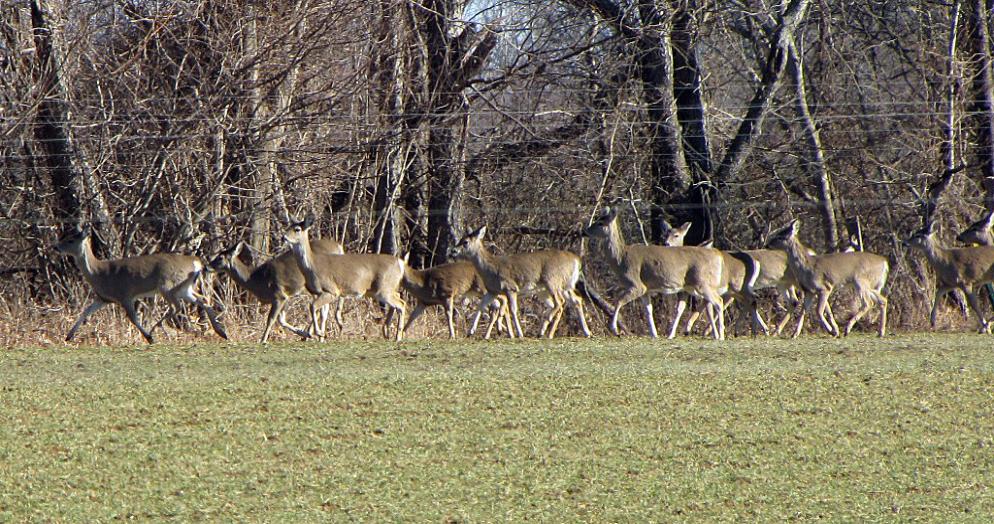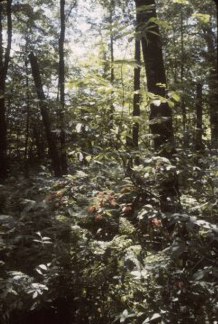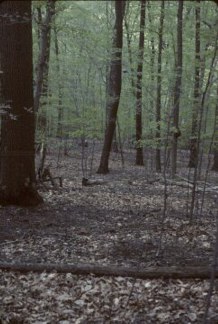The brazen assault of the tulips sitting on my kitchen windowsill was the last battle in a war that I have clearly lost. In spring of 2015 I placed my precious pink flowers on the kitchen windowsill imagining them safely cocooned closed to the house. The rhododendron on the corner of the patio had fallen victim to the beast destroying the neighborhood over the winter, but I foolishly thought my enemy would be too scared to venture so close to the house. I was wrong and the damn deer ate my tulips.
Deer overpopulation has gotten out of control in my area. The gardens my grandfather and I so lovingly cultivated at our house have been reduced to daffodils and Echinacea, the hungry menaces even ate the foxglove despite the fact it is toxic. Blooms that should have reseeded themselves were munched on before they had the chance. The cherry and peach trees picked clean before I ever got a taste. Seemingly nothing is safe from these brazen beasts including our region’s biodiversity.
 The removal of natural predators and hunting restrictions has caused deer populations to go through the roof. A stable population of deer is between 9 and 11 deer per square mile, but our current levels of deer can be upwards of 80 per square mile. This is causing over-browsing and starving deer.
The removal of natural predators and hunting restrictions has caused deer populations to go through the roof. A stable population of deer is between 9 and 11 deer per square mile, but our current levels of deer can be upwards of 80 per square mile. This is causing over-browsing and starving deer.
Deer help maintain a healthy forest. When there is a stable population they only browse (graze) on the most nutritious plants for them, and this level of grazing is sustainable.

In deer free enclosures there are 4 times as many insect larvae, there are more birds and small creatures, and native plant species thrive. In our deer infested forests the ground is striped bare, and few plants grow below 6ft (the approximate maximum grazing height of deer). The destruction includes saplings meaning that when trees die there is nothing to replace them thus limiting a forests ability to regenerate.

The deer are over browsing to the point that some plants have been lost to the local environment completely and others have no local seed sources available to repair the damage. In Ohio 150 plant species were destroyed when the deer population exceeded 110 deer per square mile. The menaces are shrinking forests and allowing invasive plant species to thrive.
What can be done? Very little. Hunting restrictions could be reduced. However, in areas like mine what you can hunt or when you can hunt isn’t the issue. The issue is how close to a house or road you can be and fire the gun or release your arrow. We could put the deer on birth control, but that is expensive. There is little hope in saving our biodiversity unless we can find a safe and relatively cheap way to control the deer populations.